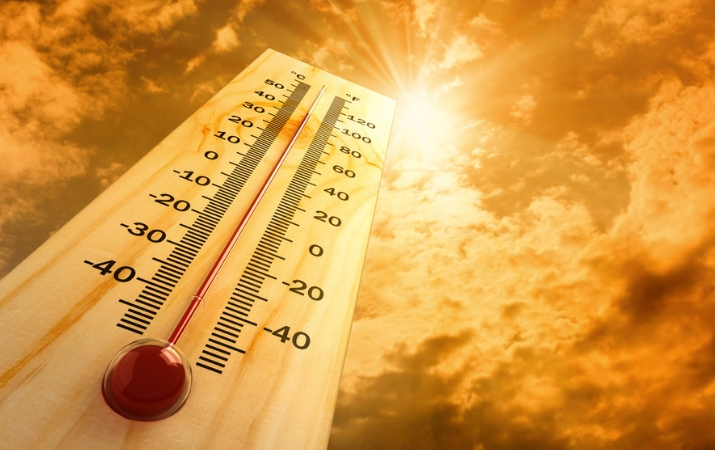Working in extreme heat

Summer is upon us and already across the states, we have experienced a number of extremely hot days. It is important for all workers to know their rights around extreme heat.
You’re not required to work in extreme heat or inclement weather if it endangers your safety. Your employer by law must take all reasonable practicable steps, extra precautions to safeguard you, or cease work when experiencing extreme heat conditions.
If your employer doesn’t have clear controls in place to protect worker’s safety they may be in breach of their “duty of care” and the Work Health and Safety Act 2011.
MEAA has outlined some of the symptoms of heat related illnesses as well as providing a summary of the rules and guidelines for workers in extreme heat.
DOWNLOAD the factsheet on working in extreme heat
What is heat illness?
Heat illness is a real and immediate threat to health and safety – especially when carrying out manual and outdoor work. It can lead to:
• Skin rashes
• Dehydration
• Heat cramps
• Heat exhaustion
• Heat stress and even death
Heat also increases the risk of injuries; it can interact with other workplace hazards and can aggravate existing medical conditions.
What are the rules for working in extreme heat?
- Your employer, so far as is reasonably practicable, to ensure the health and safety of all workers. Workplace amenities means facilities are provided for the welfare or personal hygiene needs of persons and part of this includes the provision for cool drinking water.
- Your employer has a duty in relation to general workplace facilities. This means that workers who carry out work in extreme heat can work without risk to their safety and health.
- Your employer has a duty to provide and maintain adequate and accessible facilities, including cool drinking water.
- Your employer must consult with workers and/or their delegate concerning work health and safety matters including, but not limited to, an agreed heat policy.
- Inclement weather, as advised by the Work Environment and Facilities Code of Practice, is the existence of abnormal climatic conditions (including extreme high temperature) where it is not reasonable, or is unsafe for workers to continue working.
- In some cases where there is no direct connection to water supply (nearby) your employer must ensure alternatives including access to cooled water, allocating work in areas out of direct sunlight or the provision for adequate shade, should be provided for workers.
Your health, your say
Issues to consider when a work health and safety committee is developing a heat policy are:
• Type of work being performed
• Sun glare
• An agreed weather station from which the temperature is to be taken
• Radiant heat from particular surfaces
• Relocation of workers into shaded and cooler areas
• Air-conditioned areas
If it’s too hot or you are experiencing any of the heat illness symptoms raise this issue directly with your supervisor.
If you are not satisfied your issues are being dealt with appropriately then:
• Raise the issue with your Health and Safety Rep (HSR), or
• Demand that your safety committee takes action, or
• Call MEAA on 1300 656 513, or
Call your State Safety Regulator:
• NSW: 13 10 50
• VIC: 1800 136 089 or 03 9641 1444
• QLD: 1300 362128
• SA: 1300 365 255
• WA: 08 9327 8777
• ACT: 02 6207 3000
• TAS: 1300 366 322
• NT: 1800 019 115